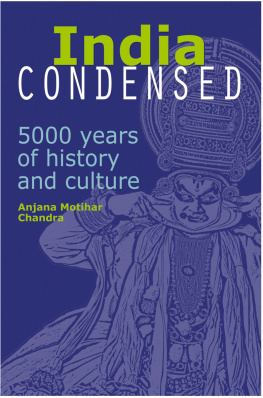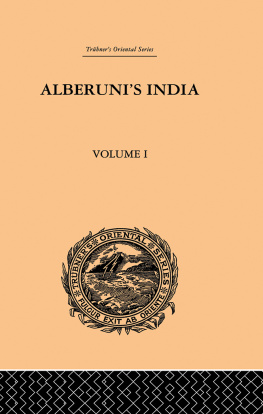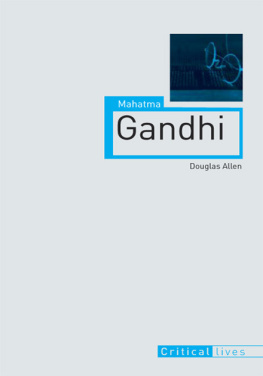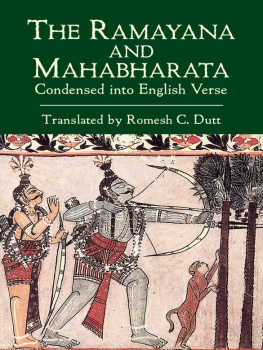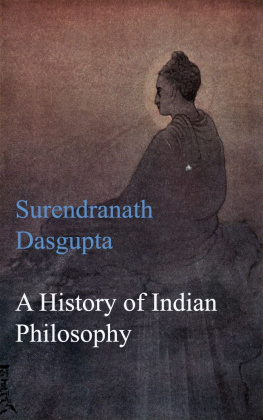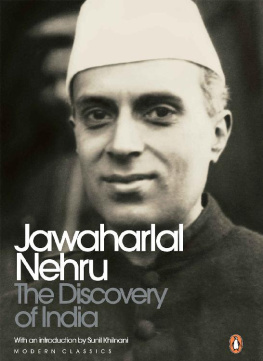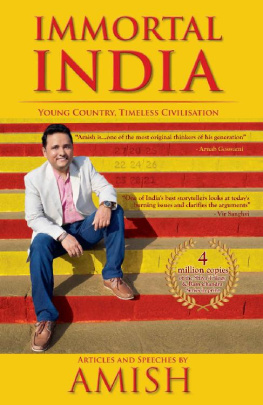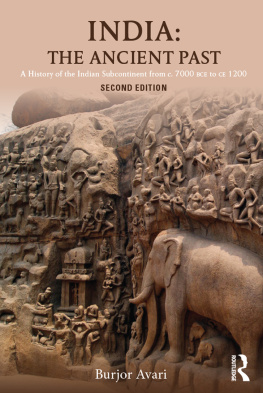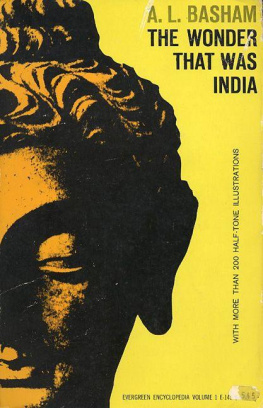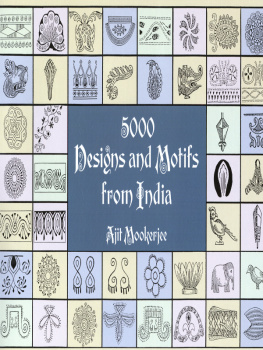
INDIACONDENSED
5000 years of history and culture
ANJANA MOTIHAR CHANDRA

Series Editor: Melvin Neo
Project Editor (Revised edition): Shawn Wee
Cover Concept: Lynn Chin Nyuk Ling
Designer: Bernard Go Kwang Meng
Copyright 2011 Marshall CavendishInternational (Asia) Private Limited
Published by Marshall Cavendish Editions
An imprint of Marshall CavendishInternational
1 New Industrial Road, Singapore 536196
All rights reserved
No part of this publication may bereproduced, stored in a retrieval system or transmitted, in any form or by anymeans, electronic, mechanical, photocopying, recording or otherwise, withoutthe prior permission of the copyright owner. Request for permission should beaddressed to the Publisher, Marshall Cavendish International (Asia) PrivateLimited, 1 New Industrial Road, Singapore 536196. Tel: (65) 6213 9300, Fax: (65) 6285 4871. E-mail:.
The publisher makes no representation orwarranties with respect to the contents of this book, and specificallydisclaims any implied warranties or merchantability or fitness for anyparticular purpose, and shall in no event be liable for any loss of profit orany other commercial damage, including but not limited to special, incidental,consequential, or other damages.
Other Marshall Cavendish Offices:
Marshall Cavendish Ltd. 5th Floor, 32-38Saffron Hill, London EC1N 8FH, UK Marshall Cavendish Corporation. 99 WhitePlains Road, Tarrytown NY 10591-9001, USA Marshall Cavendish International(Thailand) Co Ltd. 253 Asoke, 12th Flr, Sukhumvit 21 Road, Klongtoey Nua,Wattana, Bangkok 10110, Thailand Marshall Cavendish(Malaysia) Sdn Bhd, Times Subang, Lot 46, Subang Hi-Tech Industrial Park, BatuTiga, 40000 Shah Alam, Selangor Darul Ehsan, Malaysia
Marshall Cavendish is a trademark of TimesPublishing Limited
eISBN: 978-981-2619-75-4
PREFACE
This book is not an in-depth study of Indianhistory and culture. Instead it is an easy-to-read work which attempts topresent India in a nutshell. While countless books have been written about thehistory and culture of this great country, most are comprehensive andextensive, providing detailed information as well as insightful interpretationsof Indias complicated past. For this reason, they may be perceived ascumbersome tomes by readers looking for basic facts and simple information. Abook of this kind fulfils this need for brevity.
This book was written for the overseasIndian or non-Indian who is keen to familiarise himself with Indian history andculture. It presents all the major episodes of Indias fascinating past, fromthe early days of the Indus Valley Civilisation to the traumatic partition ofthe Indian subcontinent and the post-independence years. The attempt, as far aspossible, has been to present the basic information about each period of Indianhistory without delving into extensive interpretation and analysis.
Dates and certain details in this book,particularly those related to ancient Indian history, may vary from othersources. This is because of the absence of documented information about thisperiod. However, the attempt has been to present reliable information about thehistory of India, as well as interesting details about its philosophy,religions, festivals, music, dance, films, literature, art and crafts.
CONTENTS
CHRONOLOGY
Historical Highlights


MAP OF INDIA

HISTORY

PREHISTORIC INDIA
Stone Age Settlements
The region of South Asia, comprisingpresent-day India, Pakistan, Bangladesh and Afghanistan, was inhabited 500,000 years ago,according to archaeological evidence from Stone Age sites. These early StoneAge societies gave way to middle Stone Age Mesolithic communities. Bhimbetka, at the foothills of the Vindhya Mountains, near present-day Bhopal, Madhya Pradesh, was a middle StoneAge site. The paintings created on the walls of rock shelters about9,00010,000 years ago by the Bhimbetka people are theearliest art forms to be found in India. In 7000 bc , Neolithic communities emerged in Mehrgarh, in the area now occupied by Baluchistan, Pakistan. The Mesolithic hunter-gatherers evolved into farmers in Mehrgarh, the earliest settlement of its kind in South Asia.
Bhimbetka
Bhimbetka was a Mesolithic site which cameinto prominence because of its prehistoric rock paintings. The rock shelters at Bhimbetka, a UNESCO World Heritage Site, are made up of five clusters of naturalrock and display graphic paintings of life during the middle Stone Age period.The paintings were discovered by accident in 1958 by archaeologist Dr V SWakankar. He was travelling by train to Bhopal when he saw some unusual formations on the rock shelters. Oncloser inspection, they turned out to be prehistoric.
The paintings depict the life of the peopleliving in the caves, as well as the animals and vegetation in the surroundingarea. One rock, known as the Zoo Rock, has pictures of elephants, sambhar,bisons and deer, while another rock displays a peacock, snake and deer with thesun. Some of the rocks show hunting scenes with hunters carrying bows, arrows,swords and shields. In one of the caves, a drawing shows a bison chasing ahunter, while another rock displays a human figure with horned headgear and ananimal mask. The paints used by the Mesolithic people at Bhimbetka were made of coloured earth, vegetable dyes, roots andanimal fat. Brushes were fashioned from fibrous twigs.
Mehrgarh
Mehrgarh, situated in the Kachi plains to thewest of the Indus River in what is now Baluchistan, Pakistan, was a Neolithic community in 7000 b.c. It is known as theearliest farming settlement in South Asia and the first to use pottery. Theinhabitants of Mehrgarh lived in buildings made ofmud-brick and cultivated barley and wheat as crops, using stone tools toharvest them. They also shaped ornaments with these tools. The communities,thought to be of indigenous origin, evolved over timebuildings grew larger andthe range of handicrafts expanded to include basketry and cotton textiles.Seals made of terracotta and bone, and decorated with geometric designs, werealso a popular item of manufacture. Tools and ornaments were interred with thedead; the Mehrgarh people buried their females withmore goods than they did the males.
The Mehrgarh period is divided into Mehrgarh I (7000 bc 5500 bc ), Mehrgarh II (5500 bc 4800 bc ) and Mehrgarh III (4800 bc 3500 bc ). Copper came into use at Mehrgarh by 5000 bc .The people used a variety of production processes, including stone and copper drills, and kilns and crucibles for melting copper.
By 3500 bc , Mehrgarh covered an area of 75 hectares and carried out trade withneighbouring communities in the Quetta Valley, evident from the discovery of lapis lazuli beads. Mehrgarh seems to have been abandoned between 2600 bc and 2000 bc , when the Indus Valley Civilisation started to develop.
Next page
